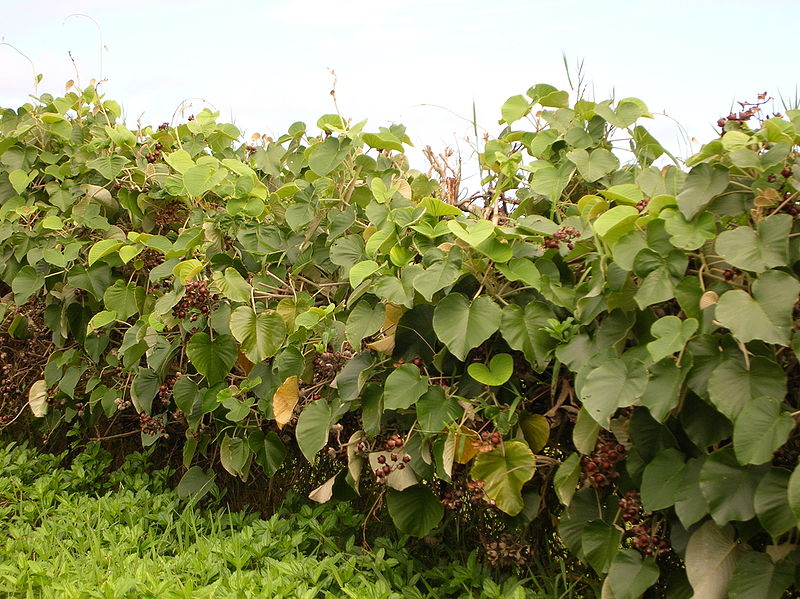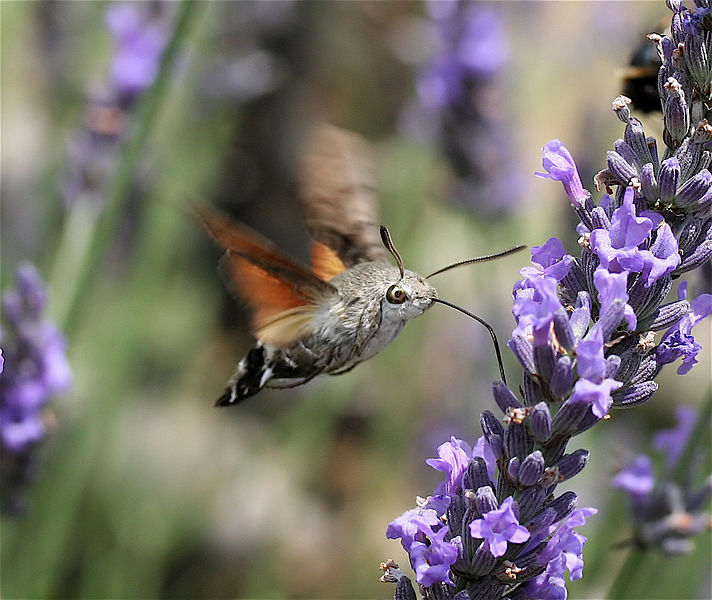Adaptations
 Like
all life on this planet, A. nervosa has developed many adaptations to
live successfully in its environment. One such adaptation is its climbing
ability. Climbing plants' stems do not have the ability to support the weight of the
plant itself and must rely on other plants, rocks, and man-made structures for
their support. Argyreia nervosa is able to climb trees and other structures through a
process called twining. A plant that uses twining wraps around a support
structure as they grow. This enables it to climb up to 30 ft. (9 m) around trees
in order to reach sunlight. Another tropical climbing vine
native to India is the
Black Pepper or Piper nigrum.
Like
all life on this planet, A. nervosa has developed many adaptations to
live successfully in its environment. One such adaptation is its climbing
ability. Climbing plants' stems do not have the ability to support the weight of the
plant itself and must rely on other plants, rocks, and man-made structures for
their support. Argyreia nervosa is able to climb trees and other structures through a
process called twining. A plant that uses twining wraps around a support
structure as they grow. This enables it to climb up to 30 ft. (9 m) around trees
in order to reach sunlight. Another tropical climbing vine
native to India is the
Black Pepper or Piper nigrum.
 Another adaptation is the color of its flowers, and the amount of sucrose in its
nectar. A. nervosa requires an animal for pollinating its flowers. One of
these animals, called the Hawk moth (family Sphigidae), generally
pollinates flowers at night and usually looks for pale colored flowers, and
requires a lot of energy because of the speeds they are capable of flying at,
some close 30 mph. Having a pale pinkish color and a sufficient sugar content in
its nectar makes it a perfect candidate for pollination by this species of moth.
Another adaptation is the color of its flowers, and the amount of sucrose in its
nectar. A. nervosa requires an animal for pollinating its flowers. One of
these animals, called the Hawk moth (family Sphigidae), generally
pollinates flowers at night and usually looks for pale colored flowers, and
requires a lot of energy because of the speeds they are capable of flying at,
some close 30 mph. Having a pale pinkish color and a sufficient sugar content in
its nectar makes it a perfect candidate for pollination by this species of moth.
Previous: Habitat Next: Nutrition